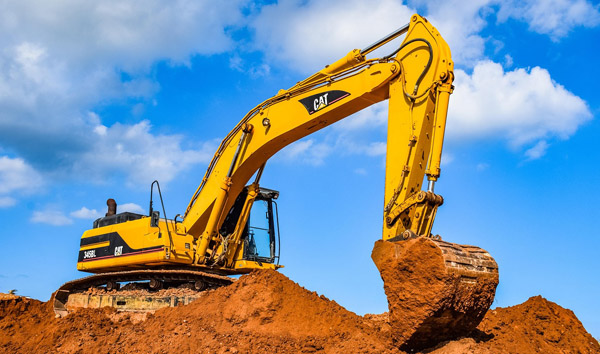The Future of Heavy-Duty Four-Wheel Drive Off-Road Forklifts in Industrial Applications
2025-07-13 03:40:30
The heavy-duty four-wheel drive off-road forklift has become indispensable in sectors like mining, construction, and agriculture. Unlike conventional forklifts, these machines are engineered to navigate uneven, muddy, or rocky terrains with ease. According to a 2023 report by Global Market Insights, the off-road forklift market is projected to grow at a CAGR of 6.8% through 2030, driven by increasing infrastructure projects in developing regions. Their reinforced chassis and high-torque engines ensure stability and power, even under extreme loads.
One of the standout features of heavy-duty four-wheel drive off-road forklifts is their enhanced traction control. Advanced differential lock systems distribute power evenly across all wheels, preventing slippage on loose surfaces. A study by the International Journal of Heavy Equipment Systems highlights that these forklifts reduce downtime by 22% compared to standard models in off-road conditions. Additionally, their hydraulic lifting mechanisms can handle payloads exceeding 10,000 lbs, making them ideal for transporting heavy materials in remote job sites.
Fuel efficiency remains a critical factor in the adoption of heavy-duty four-wheel drive off-road forklifts. Manufacturers like Caterpillar and Toyota have introduced hybrid and electric variants, cutting fuel consumption by up to 30%. Data from the Off-Road Equipment Association shows that companies using these eco-friendly models report a 15% reduction in operational costs annually. Furthermore, telematics integration allows real-time monitoring of engine performance, ensuring optimal efficiency even in harsh environments.
Safety innovations in heavy-duty four-wheel drive off-road forklifts have also seen significant advancements. Features such as automatic load stabilization and 360-degree cameras mitigate risks in unpredictable terrains. The Occupational Safety and Health Administration (OSHA) notes a 40% decline in forklift-related accidents since the introduction of these technologies. Operators benefit from ergonomic cabins with vibration-dampening systems, reducing fatigue during extended shifts.
The future of heavy-duty four-wheel drive off-road forklifts lies in automation and AI integration. Pilot programs in Australia’s mining sector have demonstrated autonomous forklifts improving productivity by 18%, as per Mining Technology Magazine. Predictive maintenance algorithms further enhance longevity, with sensors detecting wear before failures occur. As industries continue to push into challenging landscapes, these machines will remain at the forefront of logistical innovation.













